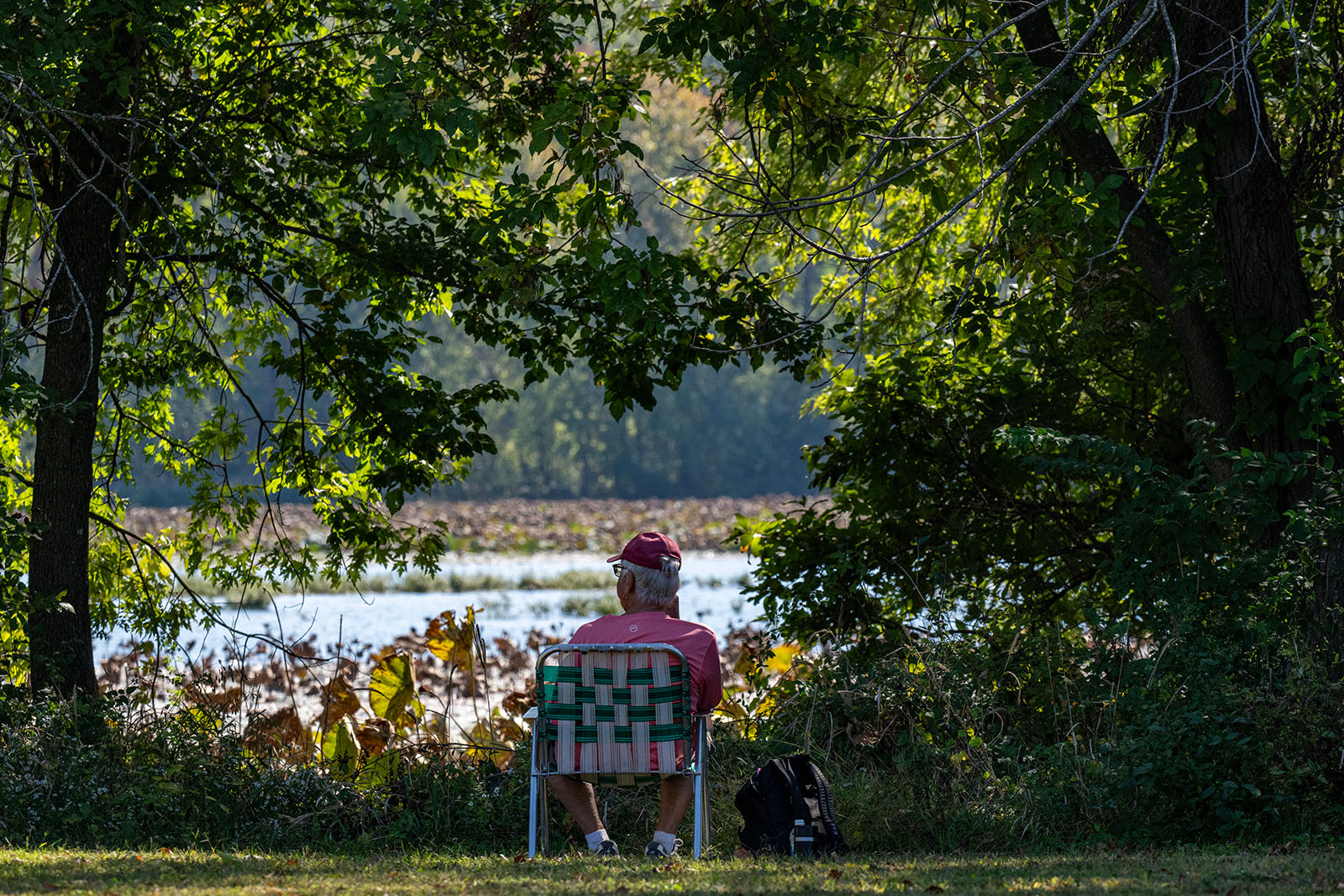As master planning the future of Lake Springfield comes to a close, the work to realize the vision for the 1,000-acre area is just beginning.
The Springfield City Council will consider acceptance of the final draft of the Lake Springfield Plan at its April 8 meeting, after the Board of Public Utilities approved the 249-page document on March 28.
The study is the compilation of over 18 months of public engagement, economic and social impact assessments, water quality testing, market research and other planning processes.
The master plan envisions “endless” possibilities and provides recommendations to reimagine the role of the lake — which was created as a cooling mechanism for the since-decommissioned James River Power Station.
Ideas come to more than $1 billion in public-private investment
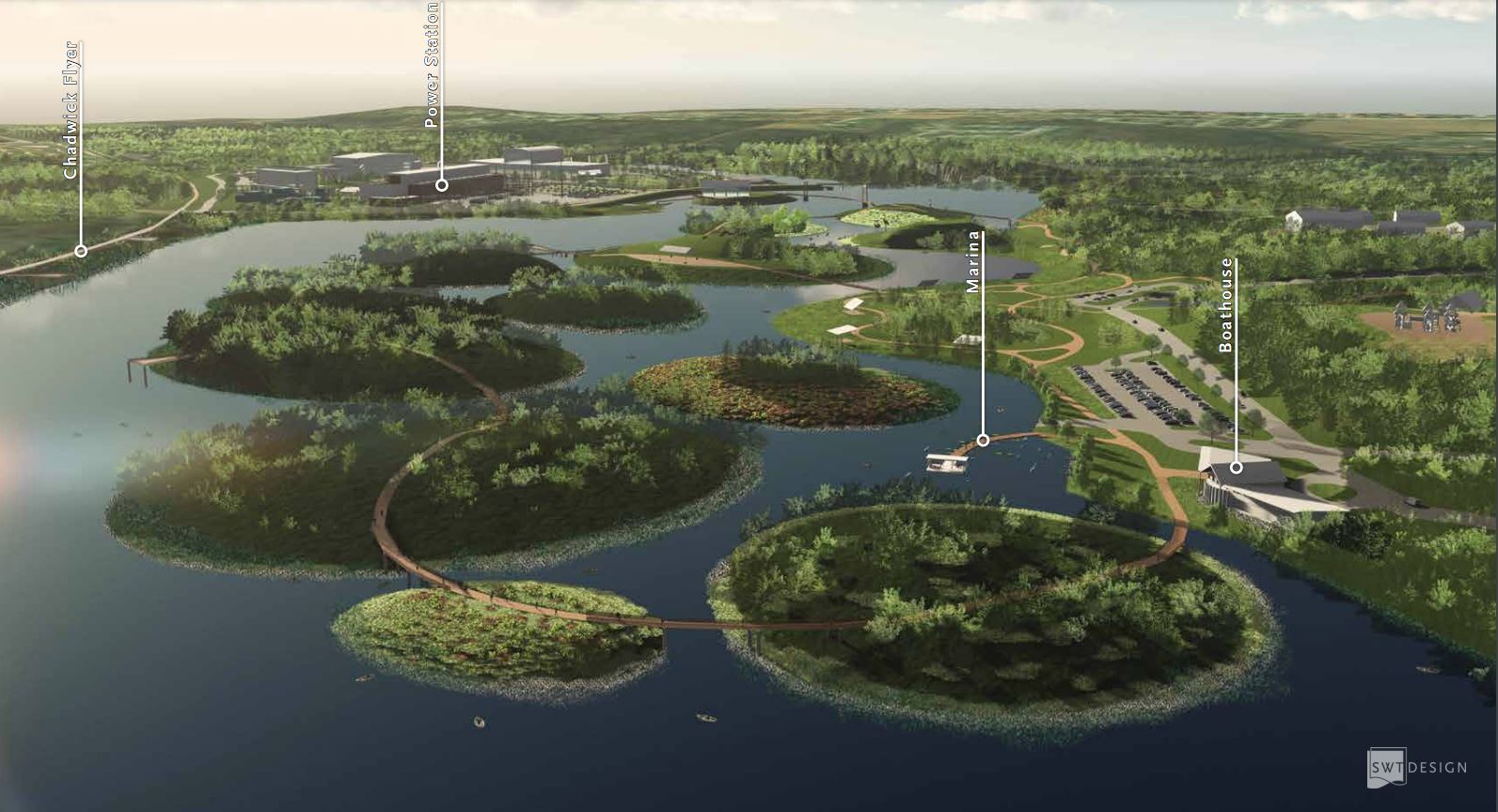
Ideas include “eco-islands,” an entertainment district, an expanded boathouse and added access to the lake, among other recreational and development opportunities. Initial cost estimates of concepts that aim to give new life to the power station are over $1 billion, which would require a mix of public and private investment.
The $1 million study was funded through an $800,000 grant from the U.S. Economic Development Administration and $200,000 in matching funds from the City of Springfield, City Utilities and the Hatch Foundation, a local nonprofit focused on improving the quality of life in the area.
The plan was developed by a consulting team led by Crawford, Murphy and Tilly.
More information on the plan can be found on the Lake Springfield Plan website.
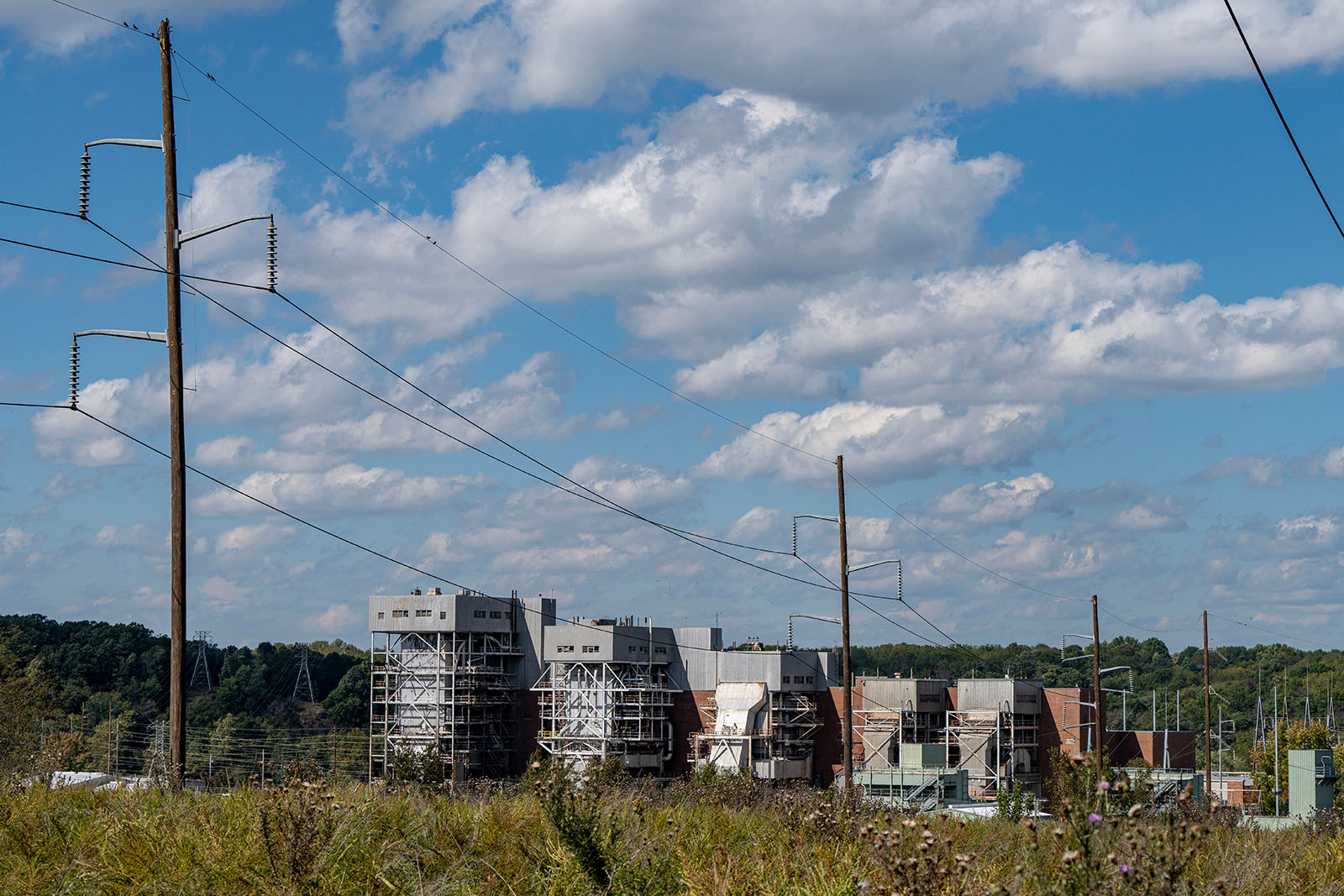
Acceptance of plan doesn’t imply approval of projects
The final draft is consistent with the recommendations revealed to the public in October 2023, compiled with appendices and other technical information for formal approval.
Acceptance of the study is the final stage in a planning process that dates back to 2021, when Lake Springfield was identified as a redevelopment opportunity area in Springfield’s comprehensive plan, Forward SGF. But acceptance does not indicate approval of any of the potential projects and recommendations of the study. Rather, the master plan lays the foundation for future funding opportunities, continued public engagement, additional planning stages and eventual implementation of the plan.
“Not only does it position the planning efforts within the local planning partners’ different realms, but also doesn't finalize that,” Dwayne Fulk, general counsel and economic development officer at CU, said at the March 28 meeting. “There's more to be done.”
“It sets the stage for visioning, but it doesn't finish the vision. It outlines the plan goals, but it's not exclusive to other plan goals. It explains the zone analysis, but it doesn't require the zone analysis. So one thing to emphasize is that although the consultants’ work is done, our work is just beginning.”

City Council set to discuss, vote on plan April 8
Days before the master plan is up for formal and final approval, Springfield city council members already began to express their interest — and concern — with the study.
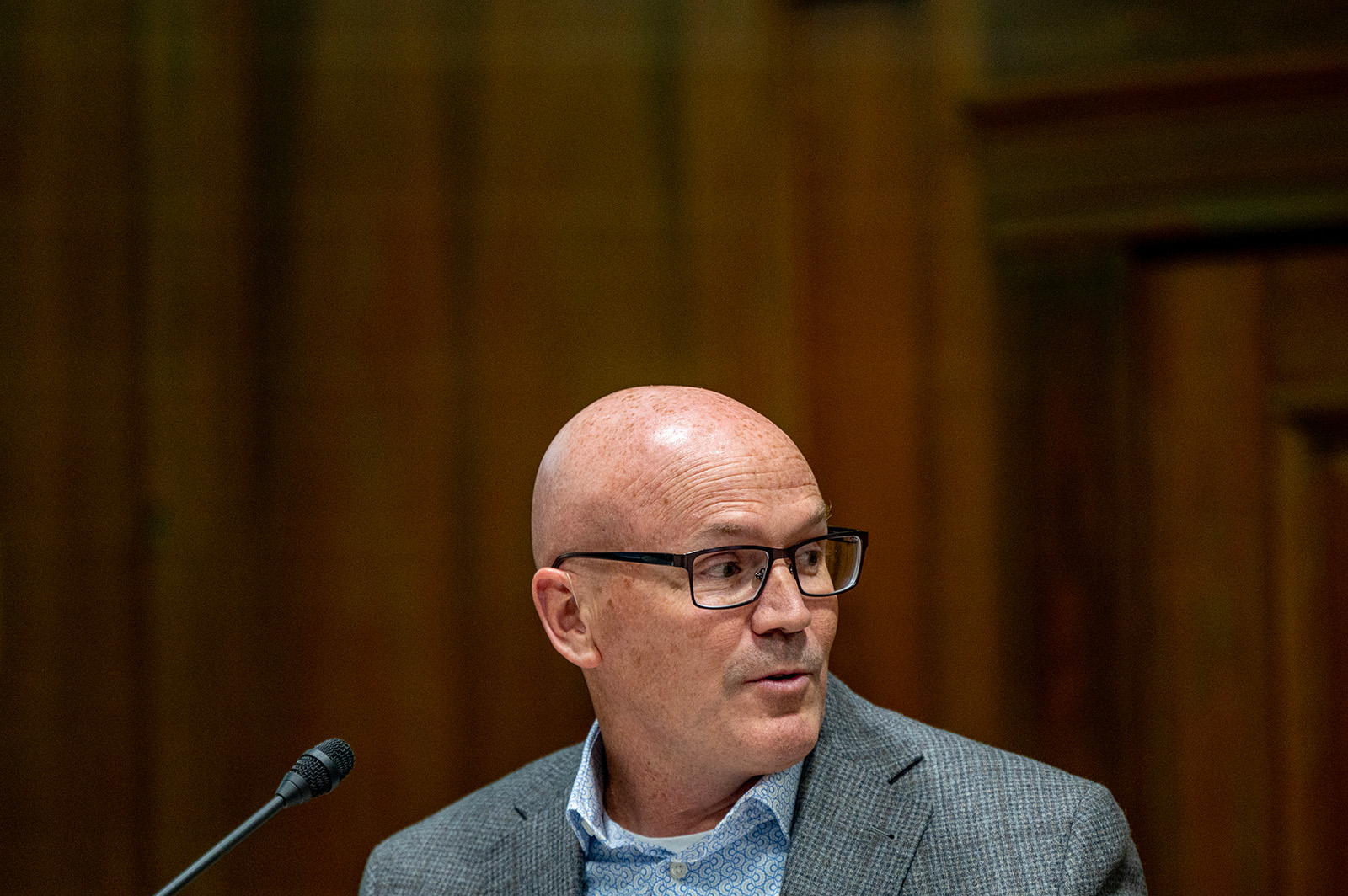
“I’ve got some issues with that plan,” Councilmember Derek Lee said on April 2 when reviewing the City Council’s upcoming agenda. “I wish we could figure out a way to get something a little bit more practical.”
Lee is also concerned that the study “could eliminate way more developers than it could give an opportunity for actual development,” and suggested the plan is “beyond our reach.”
City Manager Jason Gage emphasized that acceptance of the plan, which he described as very “conceptual in nature,” doesn’t hinder the city or anyone else from further looking at its many components.
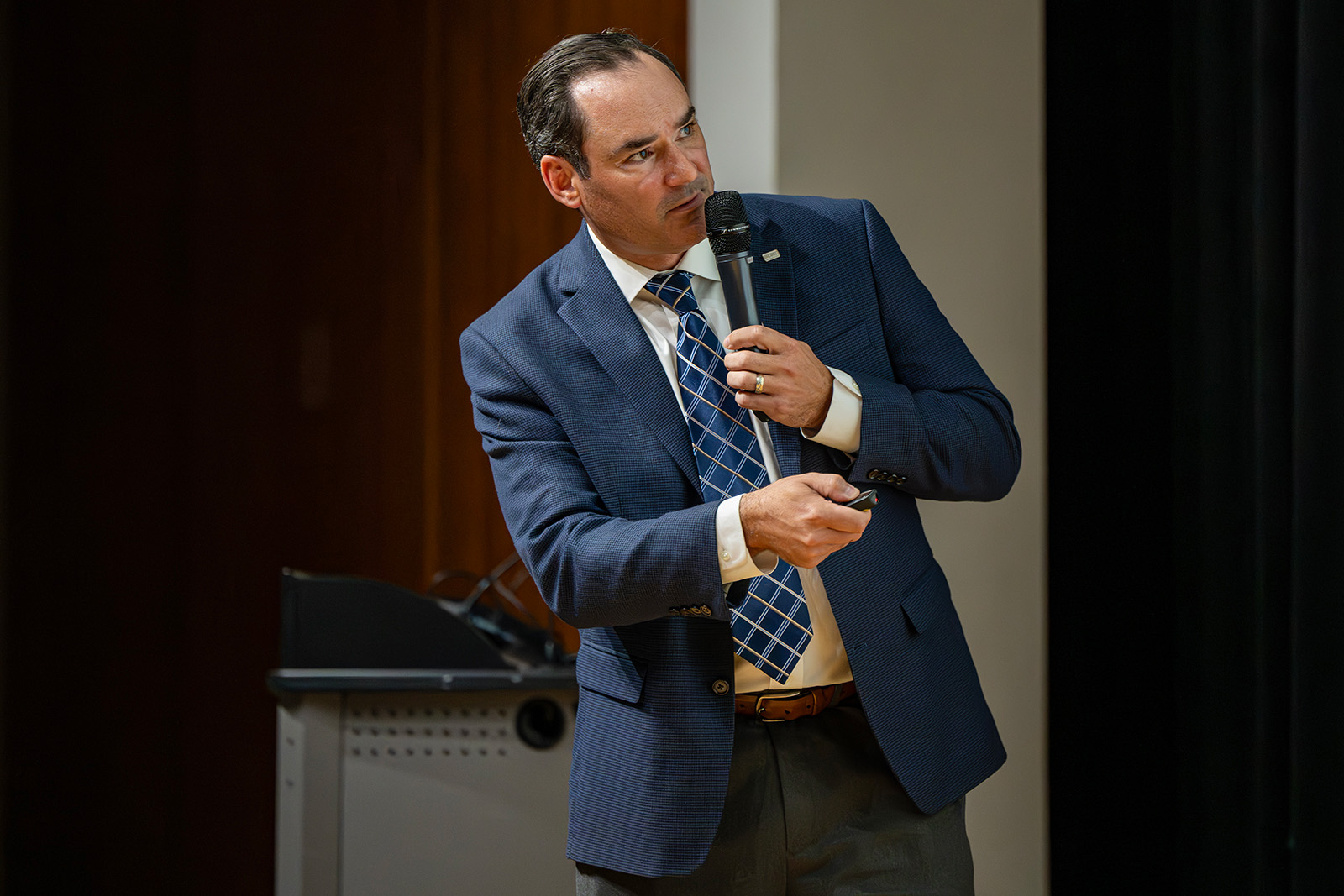
“We want to send a clear message to the development community that we're open to all sorts of different ideas,” Steve Prange, vice president at Crawford, Murphy and Tilly, told the Hauxeda. “I don't think it constrains our development community, it's meant to get our planning partners and our public agencies in a place that they're willing and ready to accept all sorts of different ideas of different size and magnitudes.”
Councilmember Brandon Jenson argued that adopting the plan could open opportunities for federal and state resources to begin implementing some of its recommendations.
“But I think for me, it even more so demonstrates guidance to [city] staff for whenever they’re interacting with potential developers or individuals who are looking to invest in our community,” Jenson said. “They can pull this out and say ‘we’ve already done a lot of the groundwork’ to make this possible and to pool in some of that private investment.”
